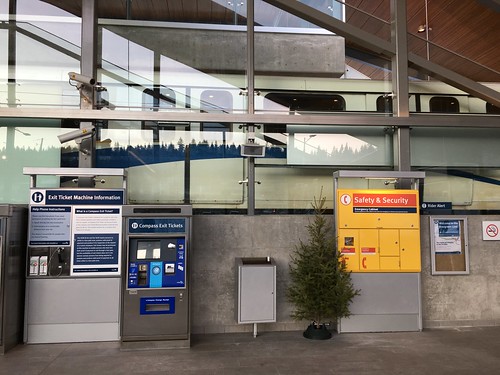The increasing numbers of people who are experiencing homelessness isn’t just occurring in Langley, it is happening in communities throughout Metro Vancouver. New Westminster was a canary in the coal mine.
At the turn of the century, a combination of events led to increased crime, an economic downturn, and an increase in the number of people who were experiencing homelessness in their downtown. Between 2002 and 2008, there was a 118% increase in the number of people who were homeless from 33 to 72.
The City of New Westminster took an integrated approach to reduce the number of people who were homeless, reduce crime, and improve the economic prosperity of its downtown.
Yesterday, New Westminster invited councillors from the City of Langley and Maple Ridge to learn about their approach. I was able to attend.
 |
| Talking and learning about New Westminster's approach to reducing the number of people experiencing homelessness. |
Throughout the morning, both councillors and municipal staff talked about the importance of taking an integrate approach to tackling the challenge of reducing the number of people who were homelessness in their community.
At a municipal level, it meant having the New Westminster Police, bylaw enforcement, bylaws, and business licensing working together. For example, the City of New Westminster was able to use this approach to target and eliminate businesses that generated unsavoury activity.
The City also helped create the New Westminster Homelessness Coalition which includes representation from the City, police, the school district, non-profits, faith organizations, the province, Fraser Health, academics, and the Downtown New Westminster BIA. Combined with the City’s full-time social planner, this enabled concrete action to be taken.
Working together, $24.5 million in provincial funding was used to build facilities such as the Russell Housing Centre and Rhoda Kaellis Residence which are operated by the Lookout Emergency Aid Society. We toured these facilities yesterday.
 |
| Rhoda Kaellis Residence roof-top garden. |
 |
| Outside Russell Housing Centre. |
 |
| Inside Russell Housing Centre which is an accessible facility. |
One of the things that I noticed right away was that the housing facilities blend into the community. There weren’t people loitering around. The facilities themselves were also well kept. I know that some people are concerned that supportive housing facilities bring negative activity to an area, but the reality in New Westminster is that they help support bring positive activity to an area.
Today there are 54 shelter spaces, 36 extreme-weather shelter spaces, and 114 long-term transitional and supportive housing units in the City of New Westminster. Between 2008 and 2014, there was a 54% decrease in the number of people experiencing homelessness to 34.
The number of people experiencing homelessness has increased in recent years as housing affordability has become a major challenge in the region. The City of New Westminster is looking for financial support from the provincial and federal governments to continue to invest in their community's supportive and transitional housing facilities.
One of the other innovative programs in New West is paying people who are transitioning out of homelessness to clean up, and kept an eye out, in their downtown core.
New Westminster and the City of Langley are very similar. We both have a small geographical footprint; New West is 15 sq. km, Langley City is 10 sq. km. We are also both communities that are redeveloping, and are urban cores.
Using New Westminster as a template for the City of Langley on how to reduce the number of people experiencing homelessness is something that I fully support.





































